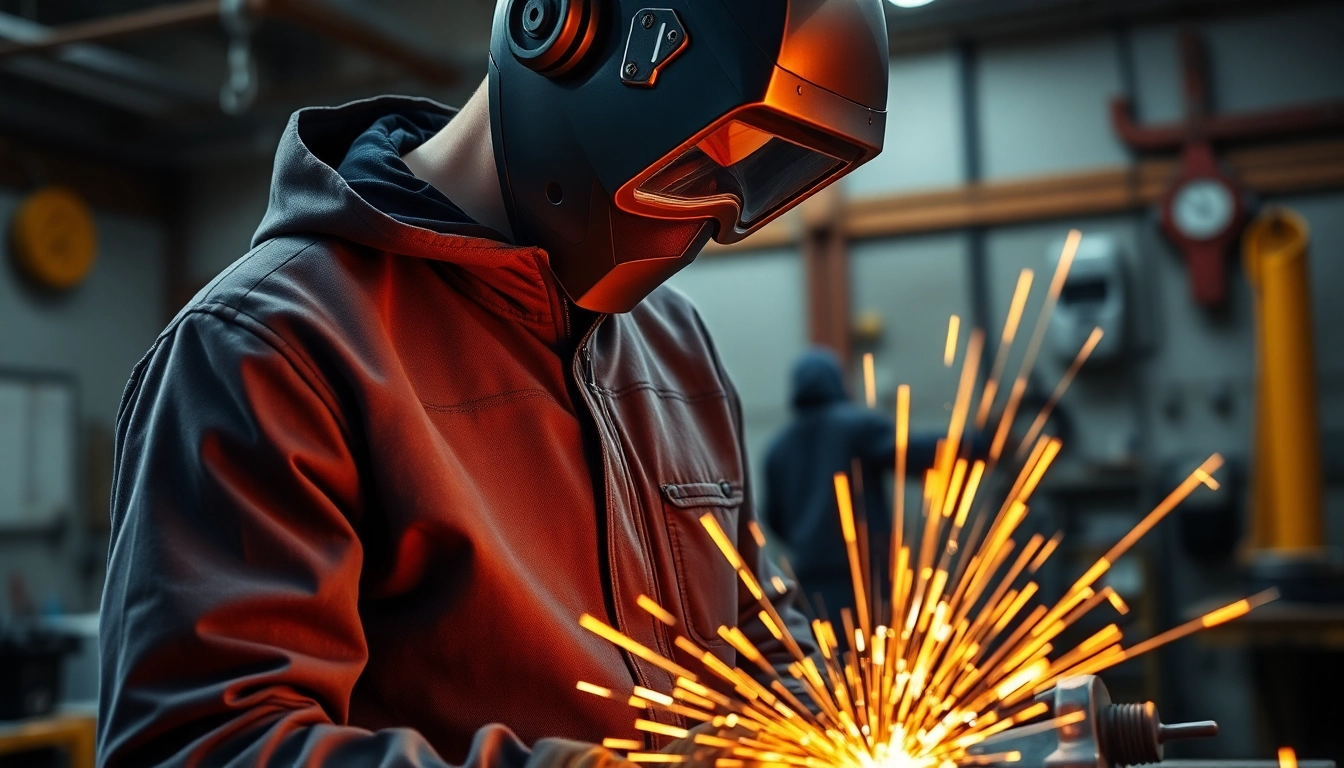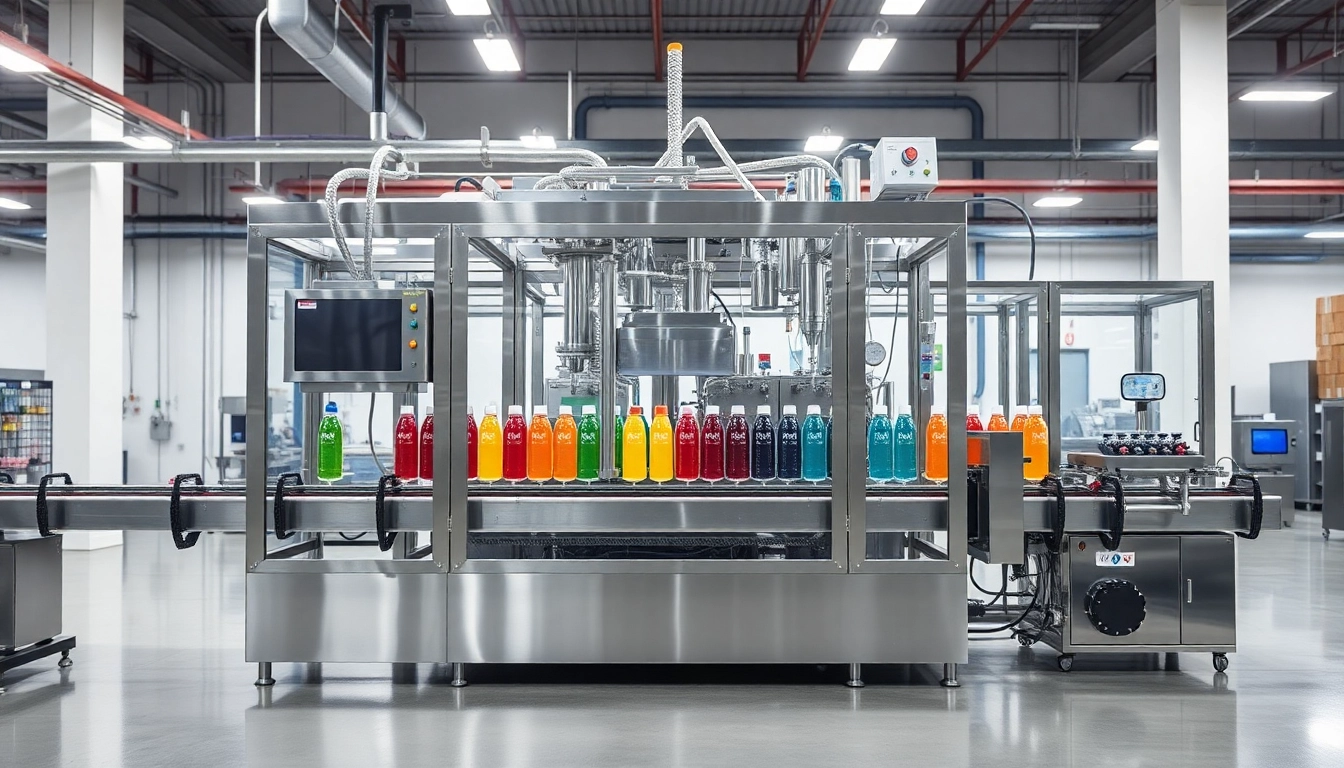Understanding the Functionality of Welding Jackets
What is a Welding Jacket?
A welding jacket is a specialized piece of protective clothing designed to shield welders from the inherent hazards associated with welding operations. These jackets are typically made from flame-resistant materials that offer superior protection against heat, sparks, and molten metal splashes. They serve not only as a layer of safety for individuals working in environments where welding is performed but also as a critical component of personal protective equipment (PPE).
Key Features to Consider
When selecting a welding jacket, several key features should be taken into account:
- Heat and Flame Resistance: The primary function of the welding jacket is to resist flames and protect against heat. Fabrics must meet specific industry standards to be classified as flame-resistant.
- Durability: Welding can be physically demanding. Therefore, jackets should be constructed from robust materials that withstand wear and tear over time.
- Comfort and Fit: A jacket should provide ease of movement since welding often requires a range of motion. Proper sizing and adjustable features can enhance comfort.
- Additional Protections: Some jackets come with additional features like spark protection collars, cuff closures to prevent sparks from entering, and pockets for tools and essentials.
- Visibility: High-visibility colors or reflective strips may be essential on job sites where visibility is critical.
Types of Welding Jackets Available
Welding jackets come in various designs and materials, each catering to different welding techniques and environments:
- Cotton Jackets: These jackets are lightweight, breathable, and are often treated with flame retardant chemicals. They are suitable for light-duty welding tasks.
- Leather Jackets: Leather provides outstanding durability and protection against intense heat and glows from welding arcs. Ideal for heavy-duty welding applications, leather jackets can be more expensive but are often worth the investment for frequent welders.
- Synthetic Jackets: Made from advanced materials, these jackets offer excellent flame resistance and often have additional features like moisture-wicking properties.
Choosing the Best Welding Jacket for Your Needs
Factors Influencing Your Choice
When it comes to selecting the right welding jacket, several factors can influence your choice:
- Type of Welding: Different welding processes generate varying levels of heat and spatter. For instance, MIG welding generates less spatter compared to stick welding, allowing for lighter jackets.
- Environment: Consider whether you’ll be welding indoors or outdoors. Outdoor conditions like rain or extreme heat may necessitate additional features.
- Frequency of Use: For those who weld frequently, investing in a higher-quality, more durable jacket is advisable. Casual welders may opt for lighter, less expensive options.
- Budget: Prices for welding jackets can vary significantly. Determine how much you’re willing to spend while balancing quality and safety features.
Common Mistakes to Avoid
When selecting a welding jacket, it’s crucial to avoid these common pitfalls:
- Choosing Insufficient Protection: Never compromise on flame resistance and other protective attributes, as they are vital for safety.
- Ignoring Fit: An ill-fitting jacket can restrict movement or expose skin to hazards. Make sure to try on jackets for the best fit.
- Overlooking Maintenance: Some may purchase premium jackets but neglect proper maintenance. Regular cleaning and care significantly impact longevity.
- Not Considering Secondary Apparel: Underneath the jacket, it’s essential to wear appropriate clothing (i.e., non-synthetic materials) to maximize safety.
How to Select the Right Material
The material of the welding jacket plays a crucial role in its protective capabilities:
- Flame-Resistant Cotton: Provides flexibility and comfort while still protecting against minor flames and sparks.
- Leather: Its durability makes it an excellent choice for tough jobs, especially in high-heat environments.
- Innovative Synthetics: Materials like Kevlar and specialized blends offer high protection and comfort, often preferred for their lightweight characteristics.
Safety Standards and Regulations for Welding Jackets
Industry Safety Standards Explained
The welding industry is bound by specific safety regulations that govern attire worn by welders. Standards such as those set by the American National Standards Institute (ANSI) and the American Welding Society (AWS) define minimum requirements for protective clothing.
Certifications to Look For
When selecting a welding jacket, it’s important to ensure it meets the following certifications:
- NFPA 701: A standard for assessing the flammability of fabrics. Jackets meeting this standard provide assurance against fire risks.
- ASTM F1506: Ensures that clothing can withstand exposure to heat and flame, an essential consideration in welding.
Importance of Compliance
Choosing jackets that comply with these industry standards not only protects the welder from injury but also ensures adherence to workplace regulations, which can prevent costly penalties and enhance the safety culture on job sites.
Maintaining Your Welding Jacket
Cleaning and Care Instructions
To extend the life of your welding jacket, regular cleaning and maintenance are essential:
- Washing: Follow manufacturer care instructions strictly. Most flame-resistant jackets can be machine washed, but temperatures and detergent types may vary.
- Replicating Treatments: Over time, flame-resistant properties can diminish. Some jackets allow for re-treatment with special sprays designed to restore protective qualities.
- Storage: Store jackets in a dry, cool place to prevent mildew and fabric degradation.
When to Replace Your Welding Jacket
Understanding when it’s time to replace your welding jacket can prevent unwanted injuries. Consider these signs:
- Visible damage like holes or rips that compromise protection.
- Worn-out seams that have frayed or pulled apart.
- Cracked or stiff fabric, indicating loss of flexibility and protective qualities.
Signs of Wear and Tear
Regularly inspect your jacket for any signs of wear. Check for fading colors, loss of shape, and any reduced insulation properties. Even minor damage can be hazardous if left unchecked.
Best Welding Jackets on the Market
Top Recommendations
Here are some top-rated welding jackets that stand out for their quality, safety features, and user satisfaction:
- Miller Electric Traditional Welding Jacket: This cotton jacket is both comfortable and protective, featuring reinforced stitching and a classic design.
- Revco Black Stallion BSX: Made from flame-resistant cotton with an added leather collar, this jacket provides excellent protection and durability.
- Lincoln Electric Welding Jacket: Known for its heavy-duty capability, this jacket is ideal for heavy welding while offering comfort and breathability.
Comparing Prices and Protecting Your Budget
Welding jackets can range from budget-friendly options around $20 to high-end jackets priced upwards of $200. Assess your welding frequency and environment to determine the best fit for your budget while ensuring safety is not compromised.
User Reviews and Feedback
Check platforms like Amazon and specialized welding supply websites for user reviews. This feedback can provide insight into sizing, durability, comfort, and overall satisfaction, aiding potential buyers in making informed choices.



